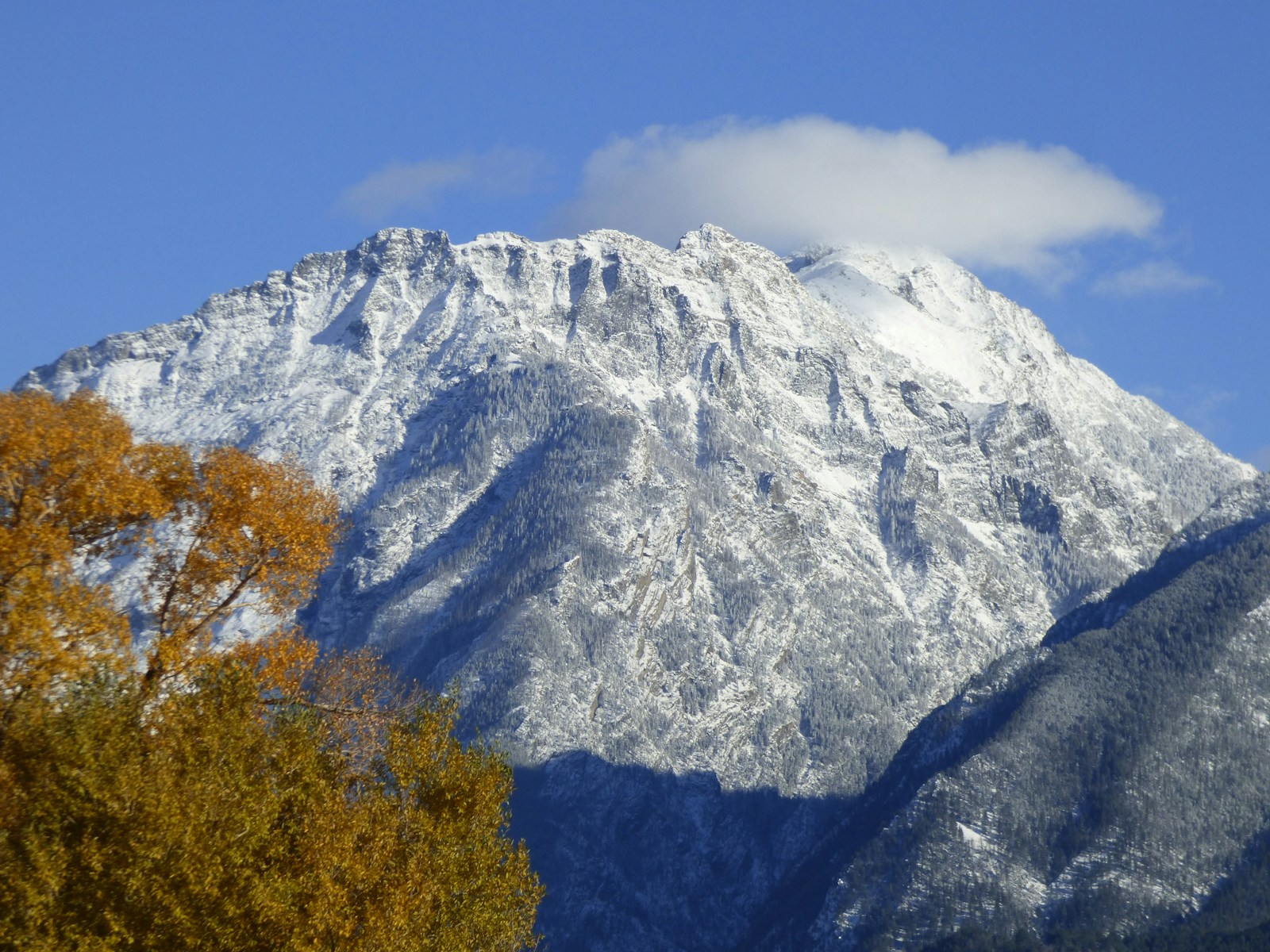America’s national parks are more than just natural wonders—they’re living museums that preserve and showcase the nation’s rich history. From revolutionary battlefields to ancient indigenous settlements, these parks offer immersive experiences that bring American history to life in ways textbooks simply cannot.
Whether you’re tracing the footsteps of the Founding Fathers, standing where civil rights history was made, or exploring ancestral pueblos, these historic national parks provide unparalleled opportunities to connect with America’s past. Join us as we explore the most significant national parks for history enthusiasts looking to deepen their understanding of the American story.
Independence National Historical Park – The Birthplace of American Democracy
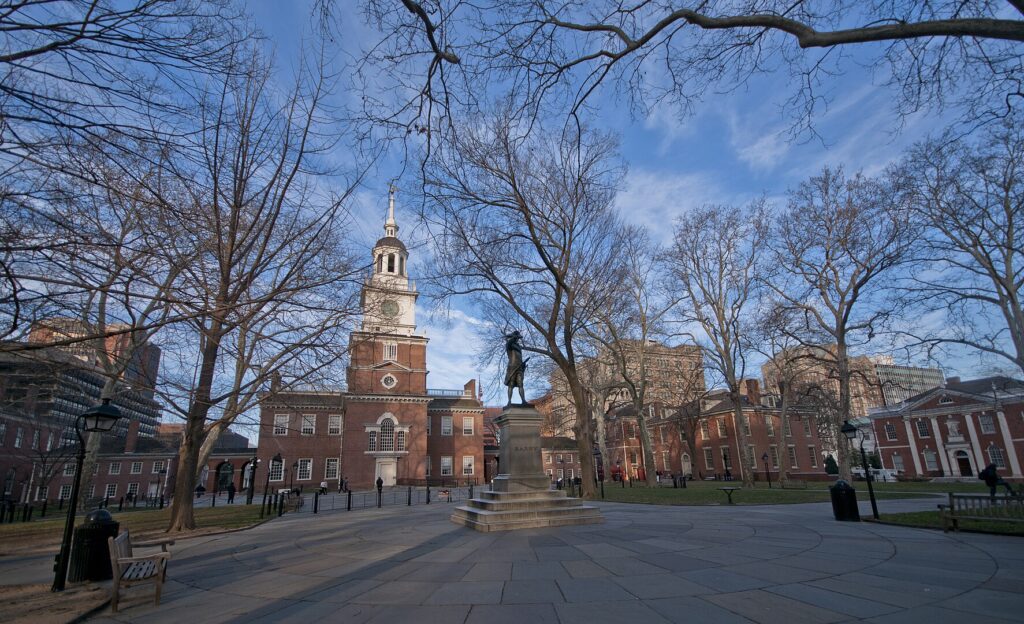
Located in the heart of Philadelphia, Independence National Historical Park serves as the epicenter of American democracy and revolutionary history. Visitors can explore Independence Hall, where both the Declaration of Independence and the U.S. Constitution were debated and signed, standing in the very room where the Founding Fathers shaped a nation. The park also houses the iconic Liberty Bell, a symbol of American independence that has inspired freedom movements worldwide.
Beyond these famous landmarks, the park encompasses dozens of historic buildings including Congress Hall, the First Bank of the United States, and the home where Thomas Jefferson drafted the Declaration of Independence. Rangers offer informative tours that bring the revolutionary era to life, explaining how the radical ideas conceived in these buildings transformed not just America, but inspired democratic movements around the globe.
Gettysburg National Military Park – Hallowed Civil War Ground
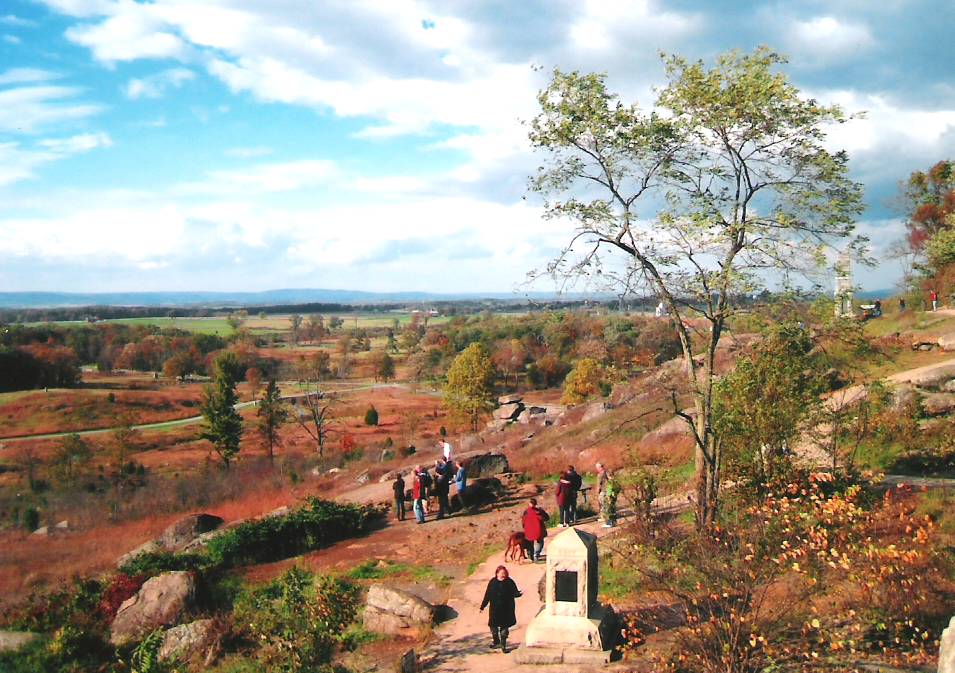
Gettysburg National Military Park preserves the site of the Civil War’s bloodiest battle and the turning point that would eventually lead to Union victory. The park’s meticulously preserved battlefield allows visitors to walk the same ground where over 50,000 soldiers became casualties during three days of fierce fighting in July 1863. Monument-lined avenues mark the positions of regiments from both armies, while the visitor center houses one of the largest Civil War artifact collections in the country.
The cyclorama painting, a massive 360-degree depiction of Pickett’s Charge, provides an immersive glimpse into the battle’s most famous moment. Perhaps most poignantly, visitors can stand at the spot where President Lincoln delivered his famous Gettysburg Address, a speech of just 272 words that redefined the purpose of the war and the meaning of American democracy.
Mesa Verde National Park – Ancient Indigenous Civilization
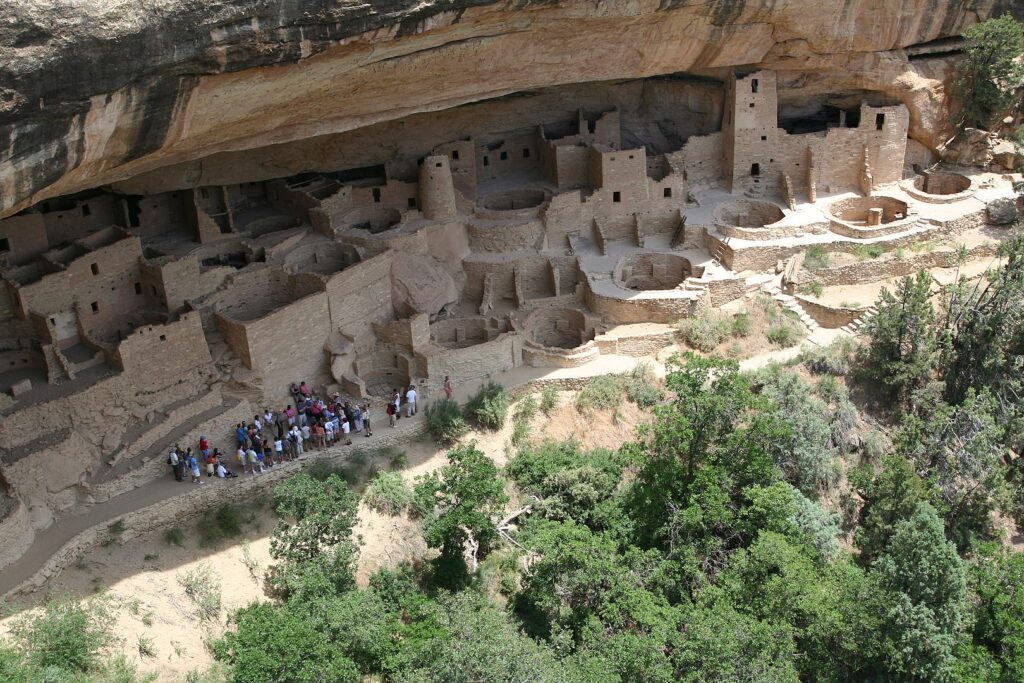
Mesa Verde National Park in Colorado protects one of the most remarkable archaeological sites in North America, preserving the cliff dwellings and cultural artifacts of the Ancestral Puebloan people. Dating back to 550 CE, these impressive structures include the famous Cliff Palace, a complex of 150 rooms and 23 kivas (ceremonial chambers) built directly into the sandstone cliffs. The engineering prowess displayed in these dwellings—constructed without modern tools or technology—continues to astound visitors and archaeologists alike.
Beyond the architecture, the park offers insights into the daily lives, agricultural practices, and spiritual beliefs of the indigenous people who thrived here for over 700 years before mysteriously departing around 1300 CE. By exploring Mesa Verde, visitors gain a crucial understanding of America’s history long before European contact, challenging the notion that American history begins with colonization.
Colonial National Historical Park – America’s First English Settlement
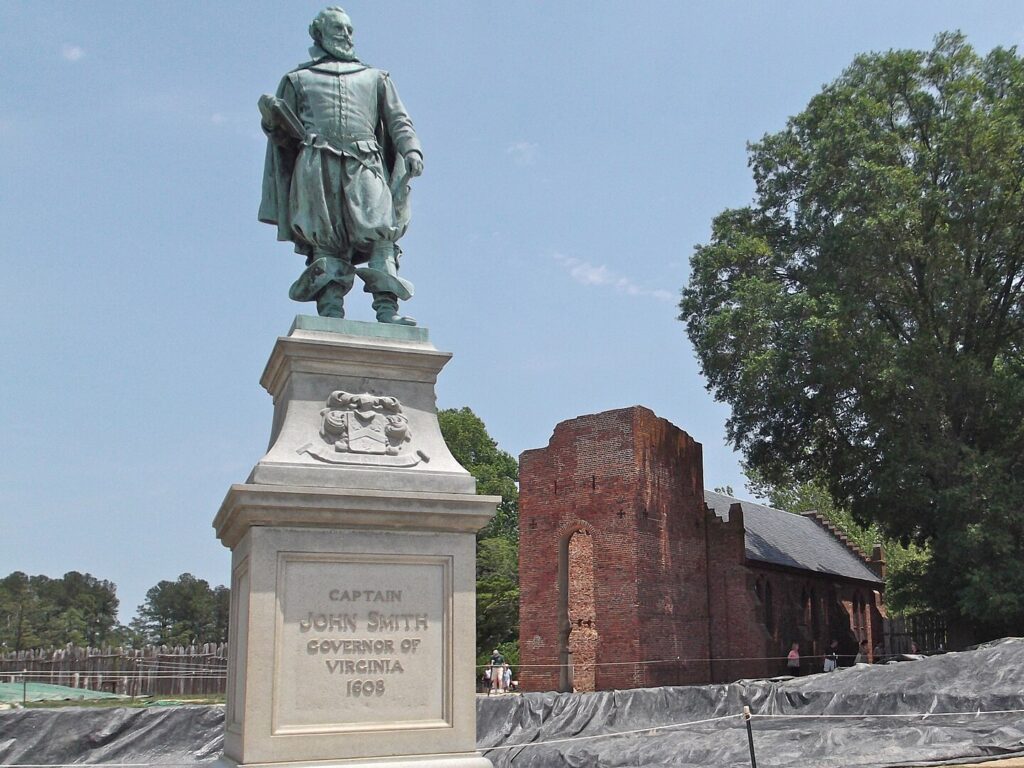
Colonial National Historical Park in Virginia encompasses two sites crucial to understanding America’s earliest European settlement: Jamestown and Yorktown. At Historic Jamestowne, visitors can explore the archaeological remains of the first permanent English settlement in North America, established in 1607, where ongoing excavations continue to uncover fascinating artifacts that tell the complex story of colonial life, including interactions with the Powhatan people. The park’s Yorktown Battlefield preserves the site of the decisive American victory in the Revolutionary War, where General Cornwallis surrendered to George Washington in 1781, effectively securing American independence.
The Colonial Parkway, a scenic 23-mile road connecting these historic sites, offers a journey through multiple chapters of early American history. Through immersive living history demonstrations, visitors witness the progression from tenuous colony to revolutionary battlefield, experiencing the formative moments that set the stage for the United States.
Boston National Historical Park – Cradle of the American Revolution

Boston National Historical Park preserves key sites along the famous Freedom Trail, chronicling the city’s pivotal role in sparking the American Revolution. The park includes Faneuil Hall, known as the “Cradle of Liberty” where colonists first organized their resistance to British policies, and the Old North Church, from whose steeple the famous “one if by land, two if by sea” lanterns signaled Paul Revere’s midnight ride. Visitors can board the USS Constitution, the world’s oldest commissioned naval vessel still afloat, nicknamed “Old Ironsides” for its seemingly impenetrable oak hull during the War of 1812.
The Bunker Hill Monument commemorates one of the Revolution’s first major battles, where colonial forces demonstrated they could stand against professional British troops. Through these interconnected sites, the park offers a comprehensive understanding of how Boston’s merchants, laborers, and ordinary citizens transformed from colonial subjects to revolutionaries determined to create a new nation.
Yellowstone National Park – Birthplace of Conservation
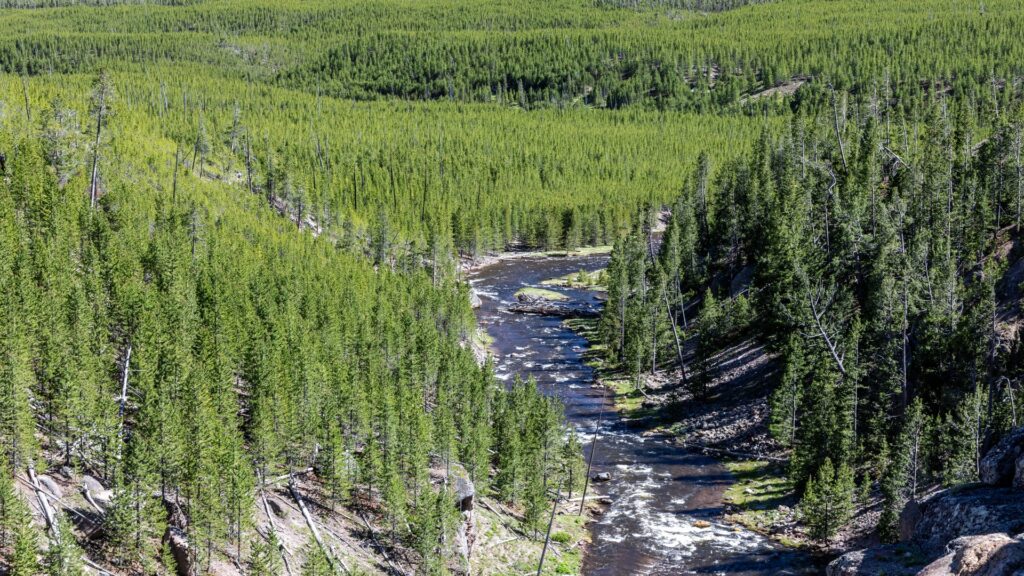
As America’s first national park, established in 1872, Yellowstone represents a watershed moment in conservation history and America’s unique contribution to world heritage. This designation marked the first time any nation had set aside land specifically for preservation and public enjoyment, creating a model that would be replicated worldwide. The park’s establishment came at a crucial moment when America was rapidly expanding westward, with natural resources being exploited at unprecedented rates.
Yellowstone’s protection required a paradigm shift in how Americans viewed their relationship with the natural world, recognizing that some places held value beyond their extractable resources. The historic Old Faithful Inn, completed in 1904, stands as an architectural marvel and early example of the “parkitecture” style that would come to define national park buildings across the country. Through its living history programs, Yellowstone offers visitors insight into the evolution of America’s conservation ethic and the ongoing tension between preservation and use of public lands.
Manzanar National Historic Site – Remembering Japanese American Internment
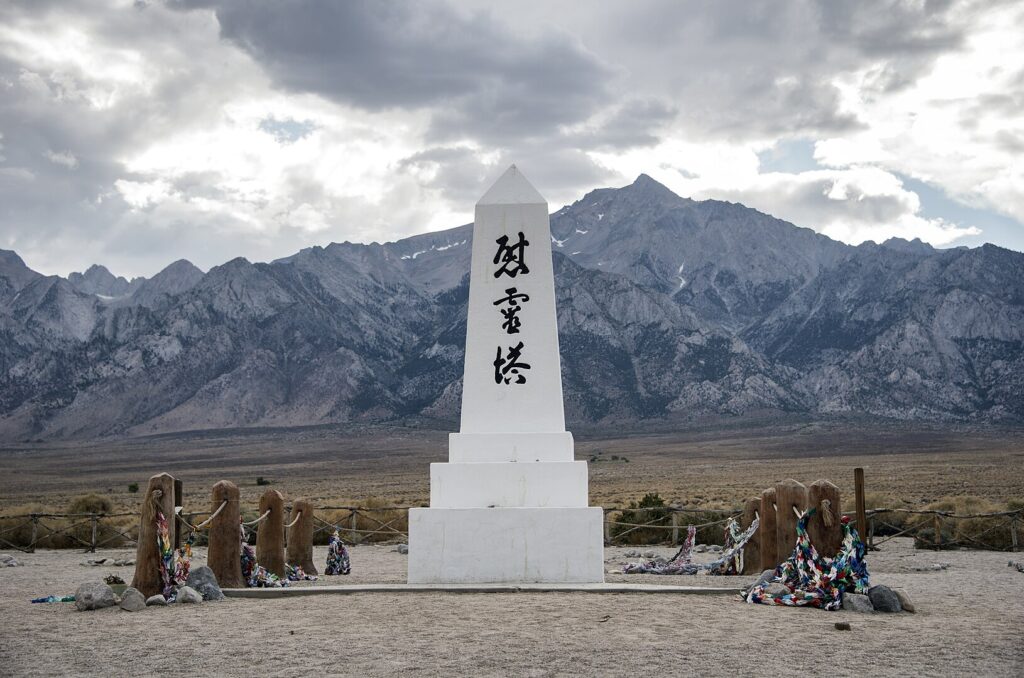
Manzanar National Historic Site in California preserves one of ten camps where the U.S. government incarcerated Japanese Americans during World War II, confronting one of the darkest chapters in American civil liberties. Following Executive Order 9066 signed by President Roosevelt in 1942, approximately 120,000 Japanese Americans—two-thirds of whom were U.S. citizens—were forcibly removed from their homes and confined in remote camps surrounded by barbed wire and guard towers.
The reconstructed barracks, mess hall, and guard tower at Manzanar provide a sobering glimpse into the harsh living conditions endured by families who lost homes, businesses, and freedom solely based on their ancestry. The site’s cemetery with its iconic white obelisk monument stands as a powerful reminder of those who died during internment. Through personal stories told in the visitor center and along the self-guided driving tour, Manzanar challenges visitors to consider the fragility of constitutional rights during times of fear and the ongoing struggle to ensure equal justice for all Americans.
Harpers Ferry National Historical Park – Flashpoint of Civil War Tensions
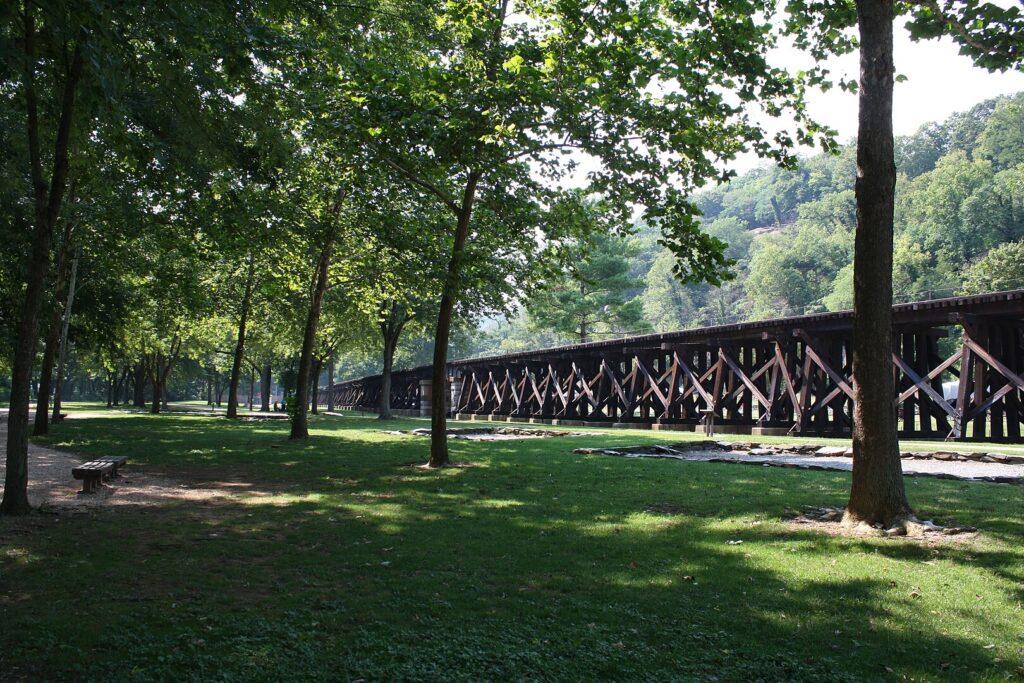
Located at the confluence of the Potomac and Shenandoah rivers where West Virginia, Virginia, and Maryland meet, Harpers Ferry National Historical Park preserves a town that witnessed multiple pivotal moments in American history. The park is perhaps best known as the site of abolitionist John Brown’s 1859 raid on the federal armory, an event that heightened tensions between North and South and helped precipitate the Civil War. During the ensuing conflict, Harpers Ferry changed hands between Union and Confederate forces eight times due to its strategic importance as a transportation hub and supply center.
Beyond Civil War history, the park interprets the town’s significance as an early industrial center where workers manufactured interchangeable parts for rifles—a revolutionary concept in American manufacturing. The restored 19th-century town allows visitors to experience the architectural and cultural landscape of the period, with museums focusing on diverse topics including African American history, industry, and transportation, providing a multifaceted window into America’s developmental years.
Chaco Culture National Historical Park – Pre-Columbian Engineering Marvel
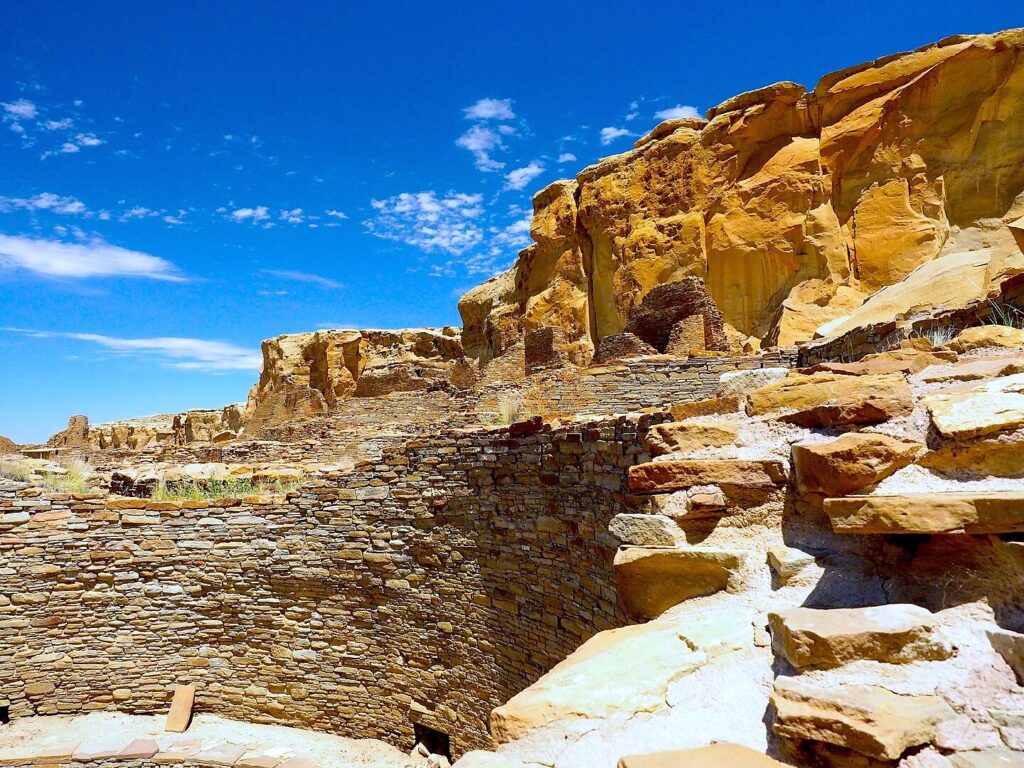
Hidden in a remote canyon in northwestern New Mexico, Chaco Culture National Historical Park preserves the most exceptional concentration of pueblos in the American Southwest, serving as the center of Ancestral Puebloan culture between 850 and 1250 CE. The Great Houses of Chaco Canyon represent remarkable achievements in pre-industrial engineering and astronomy, with structures like Pueblo Bonito containing over 600 rooms and standing up to four stories tall. Archaeological evidence indicates Chaco functioned as a ceremonial, administrative, and economic center with a road system extending up to 400 miles across the desert, connecting numerous outlying communities.
The precise alignment of these structures with solar and lunar cycles demonstrates sophisticated astronomical knowledge that guided agricultural and ceremonial activities. As an International Dark Sky Park, Chaco offers unparalleled night sky viewing similar to what the Ancestral Puebloans would have experienced, connecting modern visitors to the celestial observations that were integral to this ancient American civilization’s worldview and calendar system.
Selma to Montgomery National Historic Trail – Civil Rights Milestone

The Selma to Montgomery National Historic Trail commemorates the 1965 voting rights march that became a turning point in the American Civil Rights Movement and led directly to the passage of the Voting Rights Act. Spanning 54 miles along Highway 80 in Alabama, the trail follows the exact route taken by Dr. Martin Luther King Jr. and hundreds of peaceful demonstrators who faced violent opposition, particularly on “Bloody Sunday” when state troopers attacked marchers at the Edmund Pettus Bridge in Selma. Interpretive centers along the trail document the courage of ordinary citizens who risked their lives to secure fundamental democratic rights, featuring firsthand accounts, photographs, and artifacts from this watershed moment.
The route passes through rural landscapes that have changed little since 1965, offering a powerful sense of the physical journey undertaken by the marchers who walked approximately 12 miles daily for five days. By tracing this historic path, visitors gain insight into how nonviolent protest strategies effectively challenged institutional racism and expanded American democracy to include those previously disenfranchised.
Manhattan Project National Historical Park – Dawn of the Atomic Age
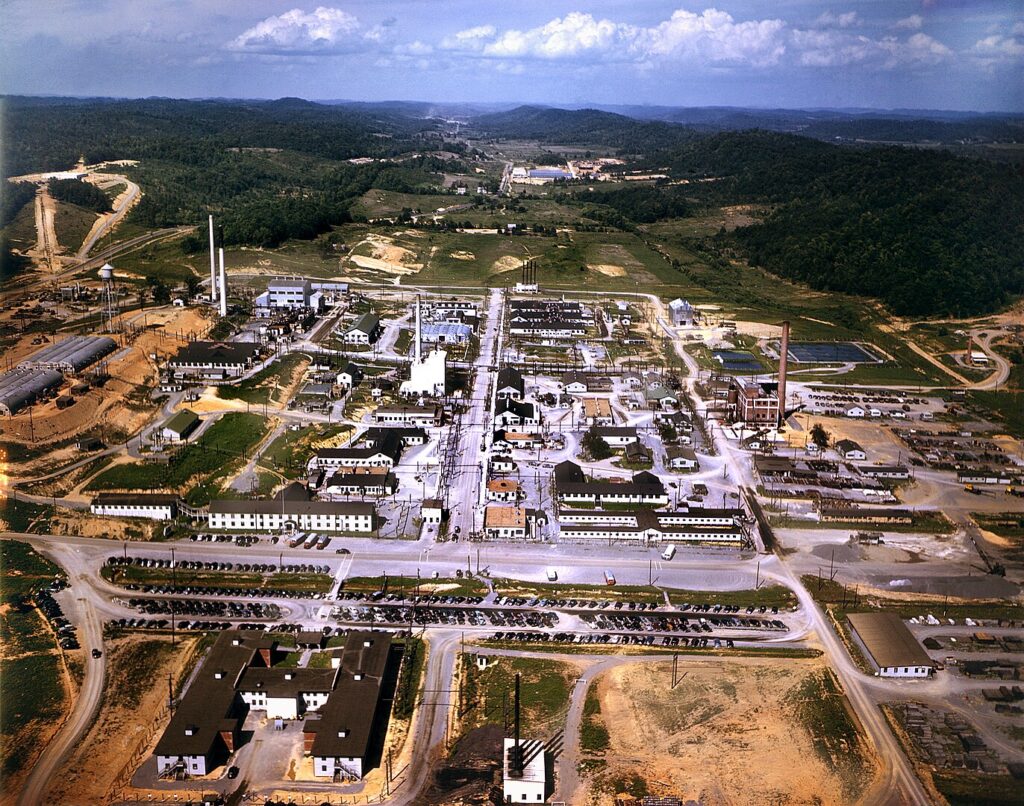
Established in 2015, the Manhattan Project National Historical Park preserves sites across three states where scientists and workers developed the world’s first atomic weapons during World War II, forever changing warfare, international relations, and energy production. The park’s Los Alamos, New Mexico site includes the home and laboratory of J. Robert Oppenheimer, scientific director of the project, while Oak Ridge, Tennessee facilities showcase the massive uranium enrichment plants where thousands of workers—many of them women—labored without knowing the purpose of their work.
At Hanford, Washington, visitors can tour B Reactor, the world’s first full-scale plutonium production reactor that produced material for the Trinity test and the bomb dropped on Nagasaki. Through thoughtful interpretation, the park confronts the moral complexities of this watershed scientific achievement, acknowledging both the technical brilliance that led to Allied victory and the devastating human cost in Japan. By preserving these sites, the National Park Service ensures future generations can contemplate one of history’s most consequential projects and its ongoing implications for science, ethics, and international security.
Little Bighorn Battlefield National Monument – Contested Western History
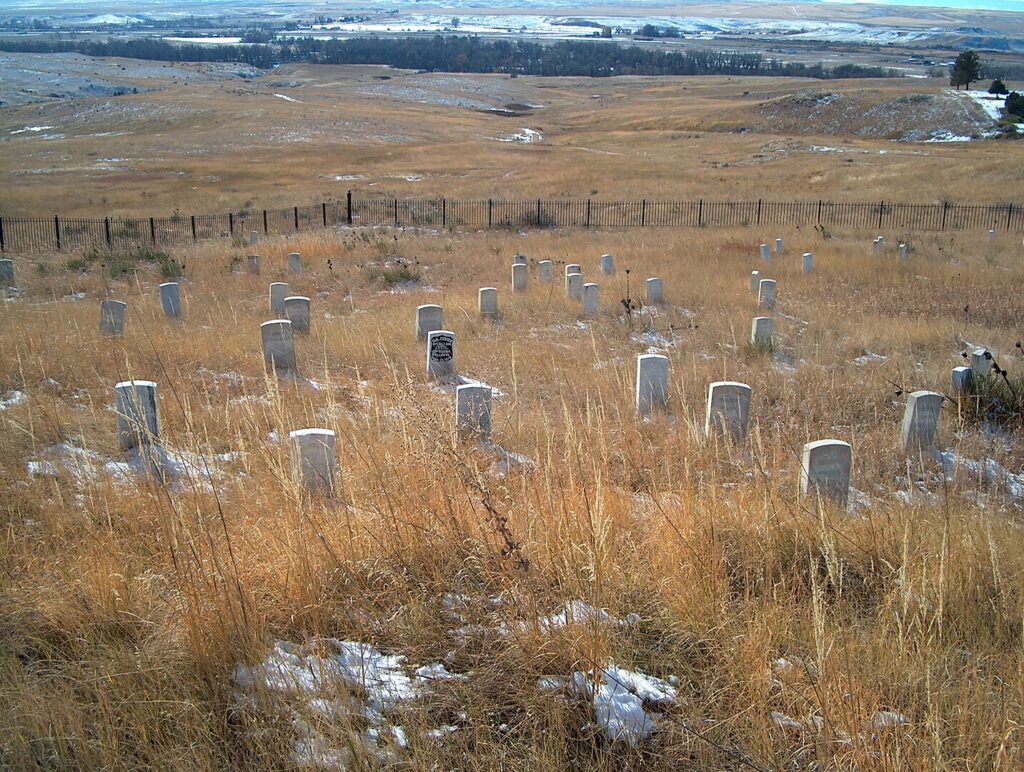
Little Bighorn Battlefield National Monument in Montana preserves the site of the 1876 conflict where combined Lakota, Northern Cheyenne, and Arapaho forces defeated Lt. Col. George Armstrong Custer and the 7th Cavalry, providing crucial perspectives on America’s westward expansion. For decades interpreted primarily from the U.S. military viewpoint as “Custer’s Last Stand,” the park now offers a more balanced narrative that includes indigenous perspectives on what the Lakota call “The Battle of the Greasy Grass,” representing a significant shift in how the National Park Service approaches contested historical events.
White marble markers scattered across the hillsides indicate where soldiers fell, while red granite markers added in recent decades commemorate Native warriors who defended their way of life against U.S. encroachment. The visitor center houses artifacts from both sides of the conflict, including weapons, personal items, and oral histories passed down through generations. Through ranger-led programs and the Indian Memorial dedicated in 2003, the park illuminates the complex motivations and consequences of this iconic battle within the broader context of federal Indian policy, treaty violations, and resistance to colonization.
San Antonio Missions National Historical Park – Spanish Colonial Heritage
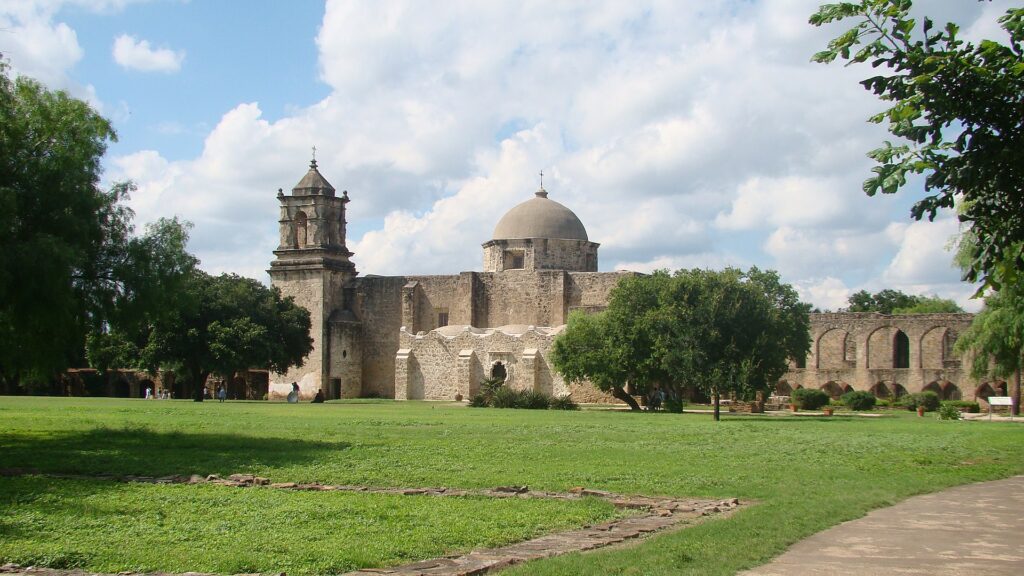
San Antonio Missions National Historical Park preserves four Spanish colonial mission complexes established in the early 18th century, offering insight into the Spanish colonization strategies that shaped the American Southwest and its enduring cultural landscape. These UNESCO World Heritage sites—Mission Concepción, Mission San José, Mission San Juan, and Mission Espada—showcase the fusion of Spanish and Coahuiltecan architectural and artistic traditions, with ornate limestone churches, compound walls, and irrigation systems that remain functional after three centuries. Beyond their religious purpose, the missions functioned as cultural and technological education centers where indigenous peoples learned European farming techniques, crafts, and the Spanish language while converting to Catholicism.
The acequia system (irrigation canals) designed by the missionaries represents one of the oldest continuously operated water management systems in North America, demonstrating the environmental adaptations necessary for settlement. Through living history demonstrations of colonial crafts, farming practices, and mission life, visitors witness how these complexes served as the foundation for San Antonio’s development and the blending of cultures that characterizes the distinctive Tejano heritage still evident throughout Texas.
Conclusion
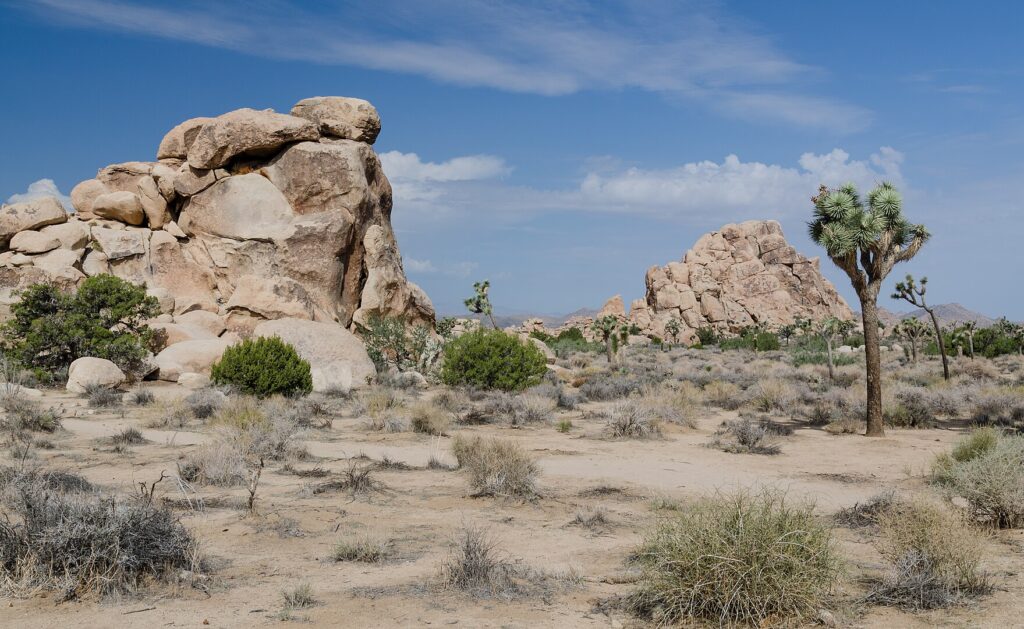
America’s national parks offer unparalleled opportunities to experience history where it happened, providing context and connection that deepens our understanding of the nation’s complex past. From ancient indigenous settlements to Revolutionary battlefields, from Civil Rights landmarks to technological turning points, these preserved spaces tell the multifaceted American story in all its triumph and tragedy. By walking the ground where history unfolded, visitors gain perspectives impossible to glean from textbooks alone—the terrain that influenced a battle’s outcome, the architectural innovations of ancient peoples, the cultural landscapes that shaped communities.
As the National Park Service continues to expand its interpretive approach to include previously marginalized voices, these historic sites become increasingly valuable for understanding America’s full historical narrative. Whether you’re a history enthusiast or simply curious about the nation’s past, these national parks offer immersive, authentic encounters with the people, places, and pivotal moments that shaped the American experience.

